What is Black Tie Optional Wedding Attire?
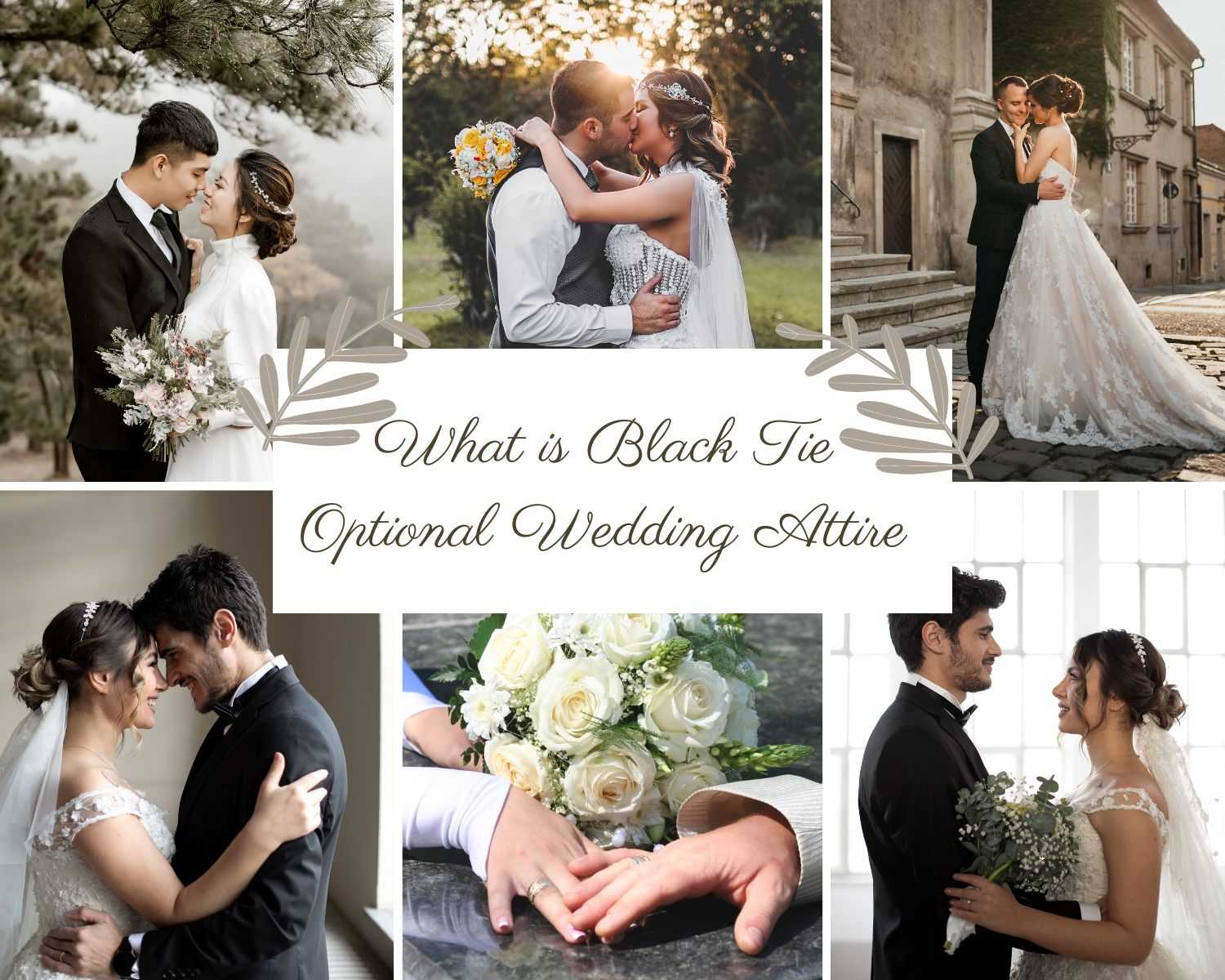
When attending a wedding, deciphering the dress code can sometimes be a daunting task. One such dress code that often leaves guests perplexed is “Black Tie Optional.” In this comprehensive guide, we will unravel the mysteries of Black Tie Optional wedding attire, providing you with the knowledge and confidence to dress elegantly while still maintaining a touch of personal style. From attire suggestions for women and men to understanding the etiquette and differences between Black Tie and Black Tie Optional, we’ve got you covered.
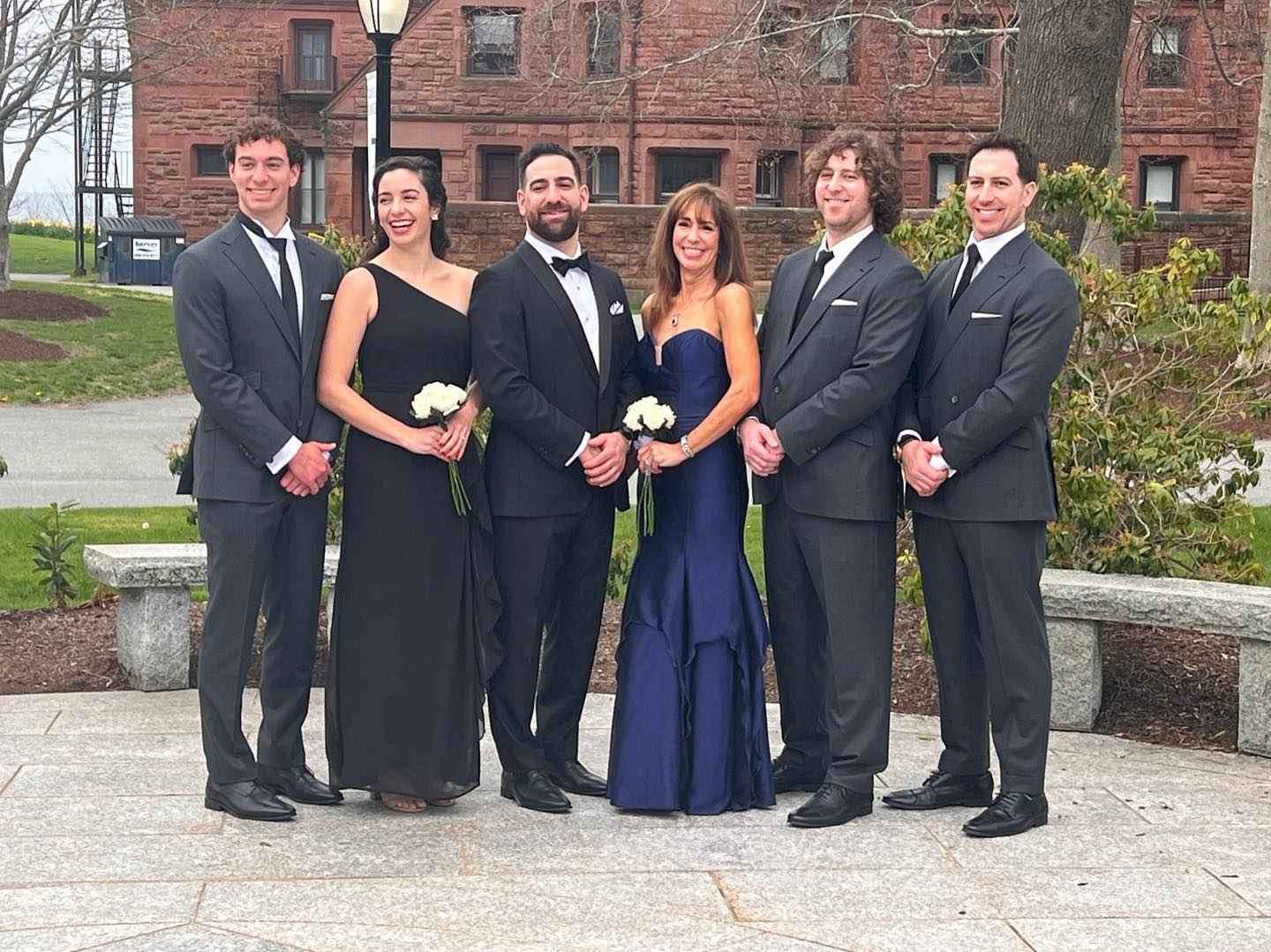
Black Tie Optional Wedding Attire for Women
For women attending a Black Tie Optional wedding, the dress code offers an opportunity to showcase personal style while adhering to formal guidelines. While traditional Black Tie events call for floor-length gowns, Black Tie Optional allows for more flexibility. Opt for a sophisticated cocktail dress or a formal evening gown, depending on the venue and time of the wedding. For evening affairs, a floor-length gown in luxurious fabrics like satin or silk is an excellent choice, while a chic cocktail dress in a quality fabric is suitable for daytime events. Strike a balance between elegance and personal style, avoiding overly revealing or casual attire.
Black Tie Optional Wedding Attire for Men
When it comes to Black Tie Optional wedding attire, men should aim for a polished and sophisticated look. While a tuxedo is the standard for Black Tie events, the “optional” aspect provides more flexibility. Opt for a well-tailored dark suit, preferably in black or navy, paired with a crisp white dress shirt and a conservative tie. However, if you want to make a memorable impression, wearing a classic tuxedo is always a safe bet. Complete the look with sleek black leather shoes, a matching belt, and tasteful cufflinks. Remember, regardless of your choice, the goal is to dress formally and respectfully.
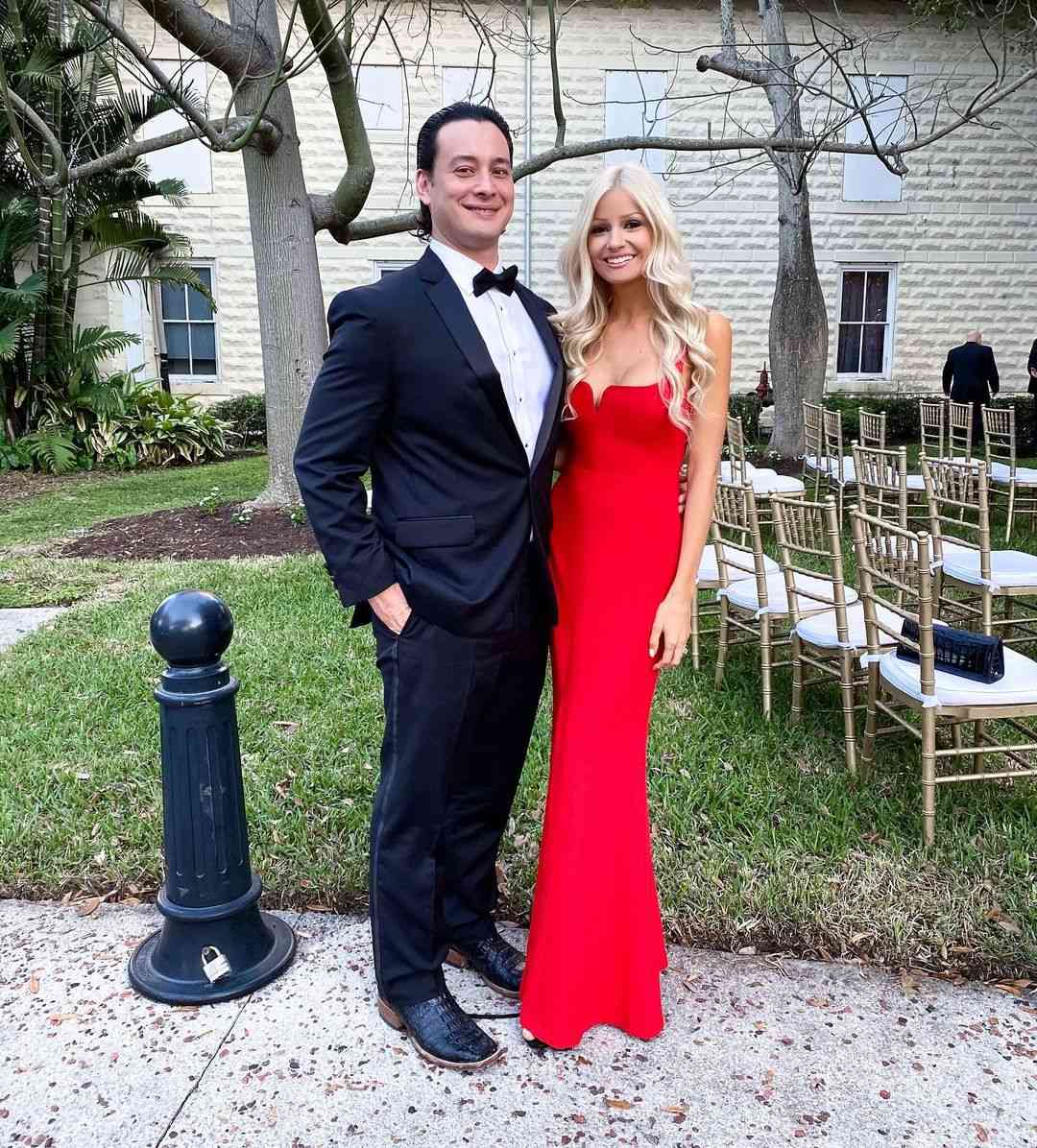
Black Tie Optional Etiquette
Understanding the etiquette surrounding Black Tie Optional wedding attire is crucial to make the right impression. When you receive an invitation with a Black Tie Optional dress code, it is courteous to follow the guidelines set by the hosts. While Black Tie Optional provides some flexibility, guests are still expected to dress appropriately for a formal event. By dressing accordingly, you not only show respect for the hosts but also contribute to the overall ambiance and atmosphere of the wedding. Remember, it’s better to be slightly overdressed than underdressed.
What is the Difference Between Black Tie and Black Tie Optional?
The distinction between black tie and black tie optional can sometimes be confusing. Black tie refers to a strict dress code that requires men to wear a tuxedo and women to wear a floor-length evening gown. On the other hand, black tie optional provides guests with the flexibility to choose between traditional black tie attire or a more formal interpretation of cocktail attire. While men can opt for a tuxedo or a dark suit, women have the freedom to wear a formal evening gown or a sophisticated cocktail dress. The main difference lies in the level of formality and the expectations set by the event organizers.
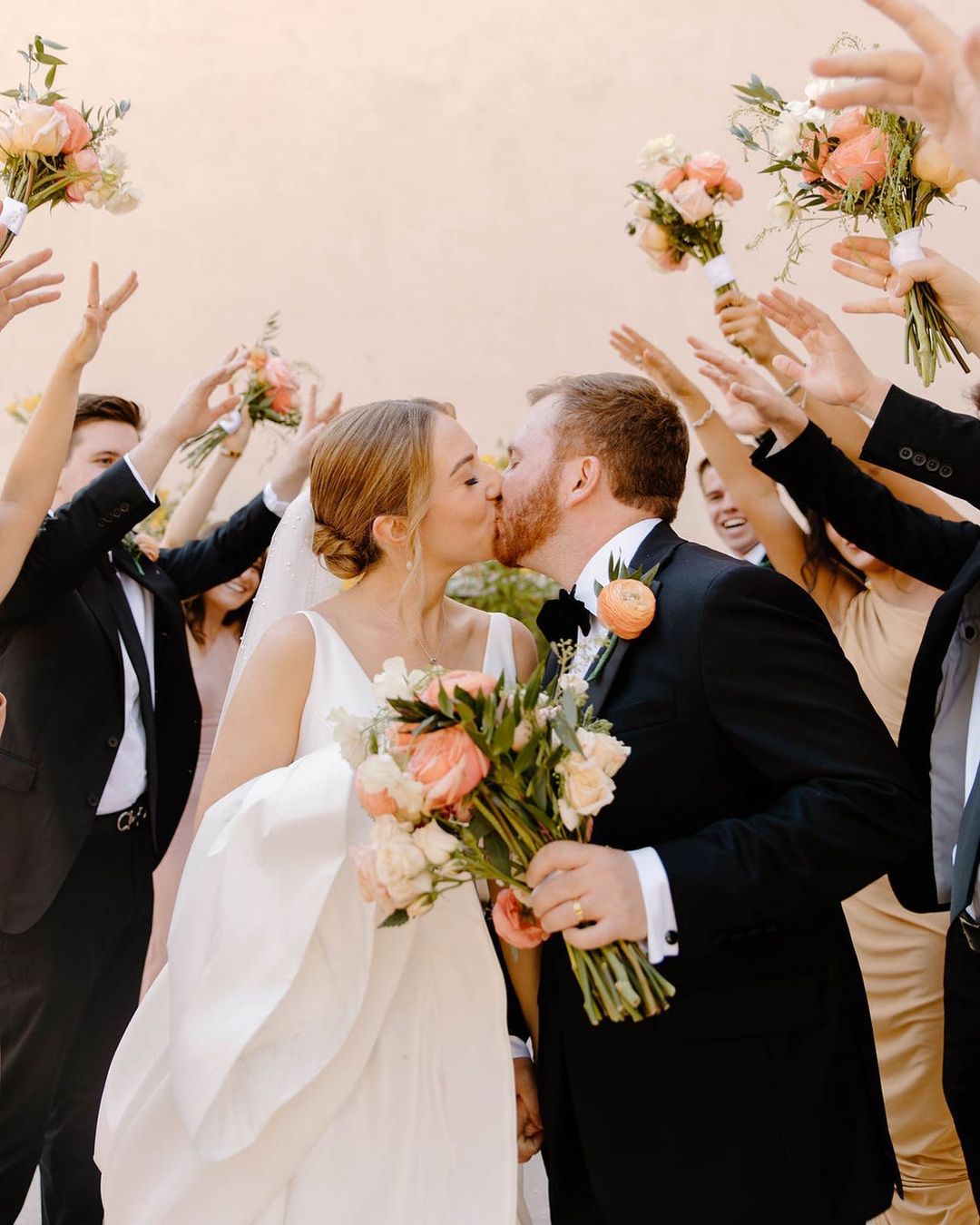
Do You Have to Wear Dark Colors?
While black tie attire typically involves wearing dark colors, such as black or navy, black tie optional does not strictly require it. While it is generally recommended to choose darker shades for evening events, black tie optional allows for a broader color palette. Women can experiment with jewel tones, pastels, or even metallic hues to add a touch of personal flair to their ensemble. Men, too, can opt for darker shades or explore other options like deep burgundy or midnight blue. The key is to maintain an overall sense of elegance and sophistication, regardless of the color palette chosen.
What Does Not Fit Black Tie Optional Dress Codes?
Although black tie optional offers some flexibility, there are still certain styles that do not fit within this dress code. Casual or overly revealing attire is generally not suitable for a black tie optional wedding. Avoid wearing jeans, t-shirts, sneakers, or anything overly casual. It is also important to avoid dresses that are too short or have excessively low necklines. Remember, black tie optional is meant to be a formal affair, so it is crucial to dress accordingly and show respect for the occasion and the hosts.
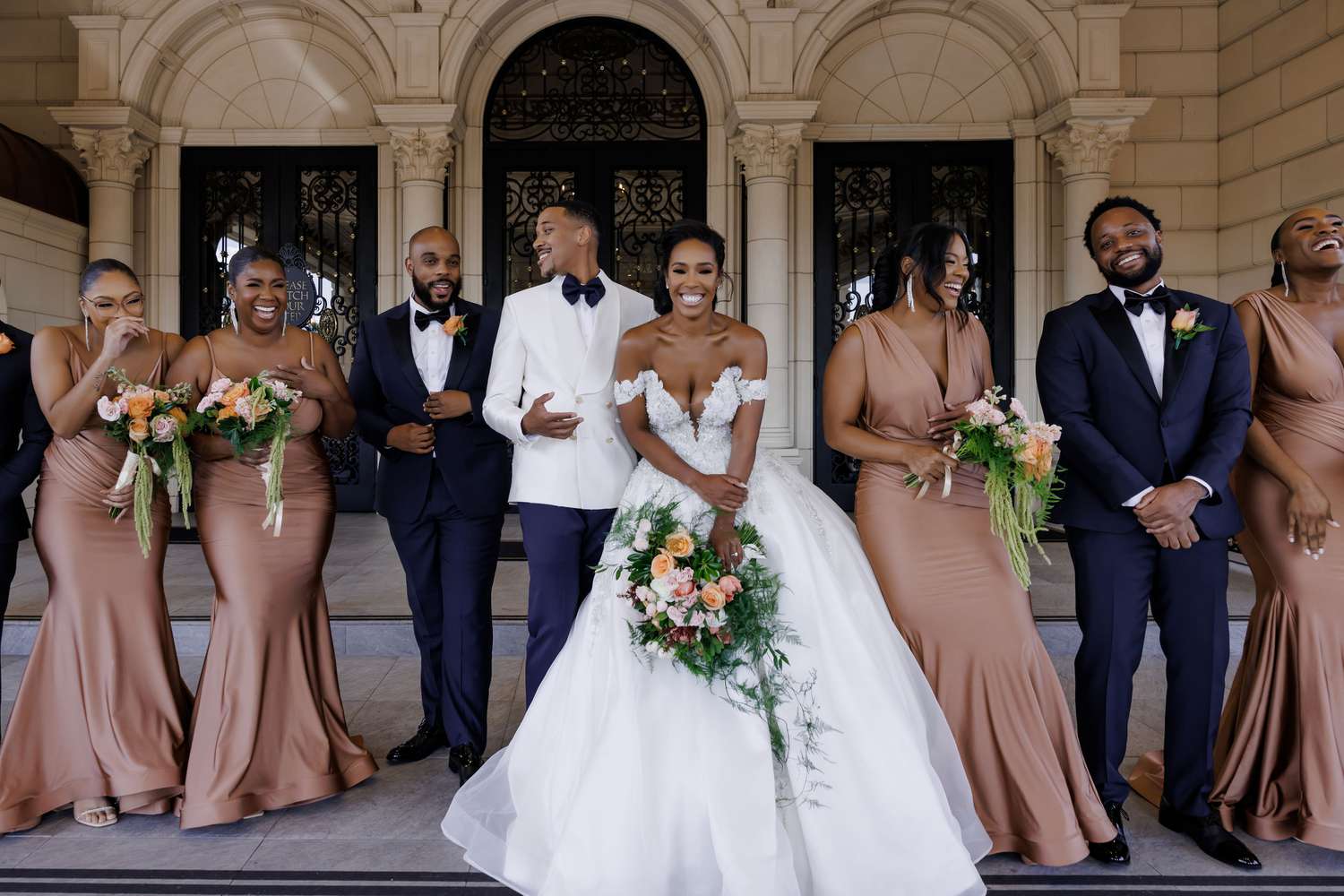
Frequently Asked Questions
Can women wear a shorter dress for a Black Tie Optional wedding?
While floor-length gowns are traditional for Black Tie events, Black Tie Optional allows for shorter dress options such as sophisticated cocktail dresses. Ensure that the dress is still formal and appropriate for the occasion.
Can men wear a black suit instead of a tuxedo for a Black Tie Optional wedding?
Yes, a well-tailored dark suit is an acceptable alternative for a Black Tie Optional wedding. However, wearing a classic tuxedo is always a safe and elegant choice.

Can accessories be more adventurous for Black Tie Optional events?
While it’s essential to maintain a level of formality, Black Tie Optional events do allow for some creativity with accessories. Consider tasteful statement jewelry or stylish pocket squares to add personality to your outfit.
Can I wear open-toe shoes to a Black Tie Optional wedding?
Open-toe shoes are generally not recommended for formal events like Black Tie Optional weddings. Opt for closed-toe heels or elegant dress shoes to maintain a polished look.

Final Thoughts
Attending a Black Tie Optional wedding gives you the opportunity to showcase your style and elegance while adhering to a formal dress code. By understanding the guidelines, etiquette, and differences between Black Tie and Black Tie Optional, you can confidently select an outfit that reflects your personal taste while respecting the occasion. Remember to strike a balance between formality and personal style, and embrace the elegance of the event. With the right attire, you’ll not only look your best but also contribute to the overall ambiance of the wedding. Enjoy the celebration in style!
Comments are closed.